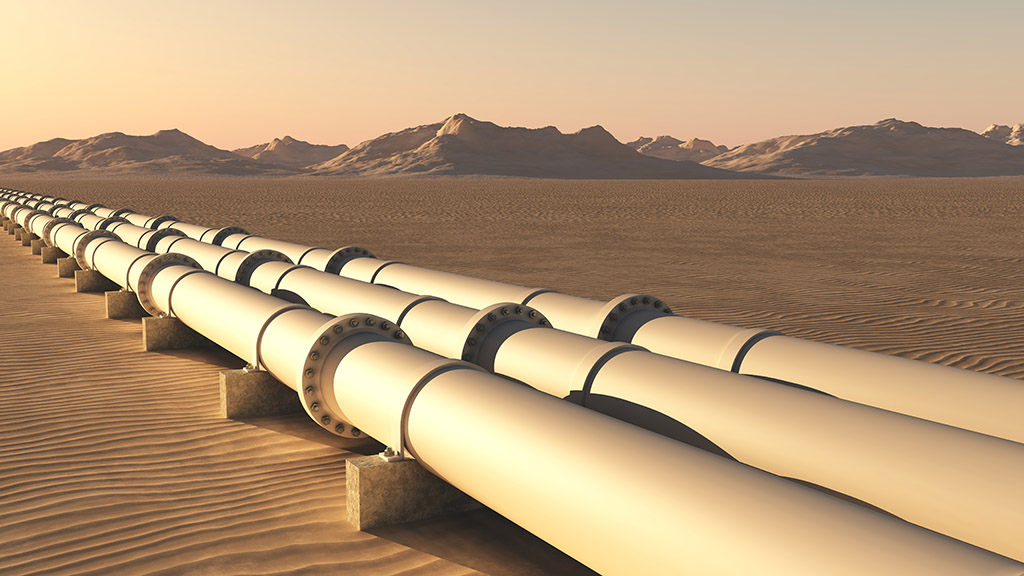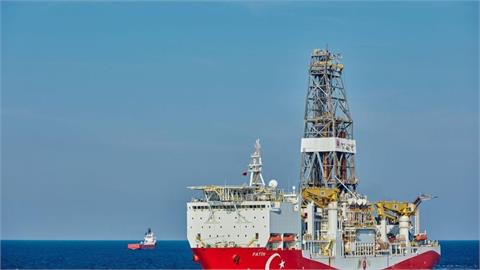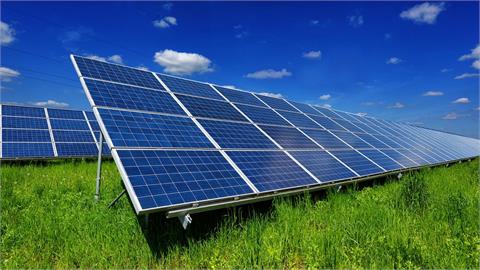by Marika Karayianni* Turkmenistan ranks fourth globally in terms of asserted natural gas reserves, with around 50 trillion cubic meters/tcm, according to the latest announcements of the state-owned energy company Turkmengaz
Background
Turkmenistan ranks fourth globally in terms of asserted natural gas reserves, with around 50 trillion cubic meters/tcm, according to the latest announcements of the state-owned energy company Turkmengaz. Although these reserves are not fully developed, current production is more than 75 bcm/ year, with plans to increase this to 230 bcm by 2030. The majority of is destined for export. China remains Turkmenistan’s first and most important client, though Ashgabat has long aspired to export natural gas to Europe, via the construction of a subsea pipeline in the Caspian Sea (the Trans-Caspian gas pipeline project). However, Russia and Iran are both opposed to this subsea pipeline.
Analysis
An assessment by the British accounting company Gaffney, Cline & Associates indicates that Turkmenistan’s largest gas field (Galkynysh, former South Iolotan) holds over 24 tcm.
This makes it the second largest field in the world after Ghawar in Saudi Arabia. Two other fields, Yashlar-Minara and Bagtyarlik, are reported to hold 1.45-5 tcm and 1.3 tcm of natural gas respectively. Ashgabat has opted to develop these giant fields not via the popular Production Sharing Agreement model (PSA), but rather by granting concessions and service contracts to certain companies, namely Petrofac, LG International, CNPC and Hyundai Engineering and Construction Co.Ltd, for a specific time frame.
Despite the fact that Turkmenistan’s main client for natural gas is China, Ashgabat has long been interested in exporting its gas resources to the European market, as discussed during the Turkmenistan president Gurbanguly Berdimuhamedov’s the recent visit to Azerbaijan.
The
Trans-Caspian gas pipeline entails the construction of a 300 km pipeline along
the bottom of the Caspian Sea to the coast of Azerbaijan, and is seen as the
optimal solution for the delivery of Turkmen energy resources to Europe.
Further along the way, Turkmen gas can be transported through the existing and
under construction pipelines to Turkey and through Greece to the rest of South
East and Central Europe. In theory, the project can be implemented as a part
of the Southern Gas Corridor (SGC), designed to transport gas from the Caspian
region to Europe through the joint systems of South Caucasus Pipeline (SCP),
TANAP, and TAP.
There
are three key elements in relation to the construction of the Trans-Caspian
pipeline:
1. Commercial production of natural gas,
in order to justify the construction and operation of the pipeline;
2. Sufficient demand to support stable sales on commercially attractive terms for the government of Turkmenistan and the companies involved in production;
3. Commercial champion(s) interested in developing infrastructure that
will deliver the Turkmen gas to Europe.
The
first element is in place; Turkmenistan has the reserves. The second component
needs to be secured, to enable the third ...
This analysis was first published in "CCEE Policy Brief", September 2017, No.33 - for the full text, click here.
(source: Caspian Center for Energy and Environmentwww.ccee.ada.edu.az, www.ada.edu.az)
*Marika Karayianni is a Caspian energy expert based in Athens, Greece.




